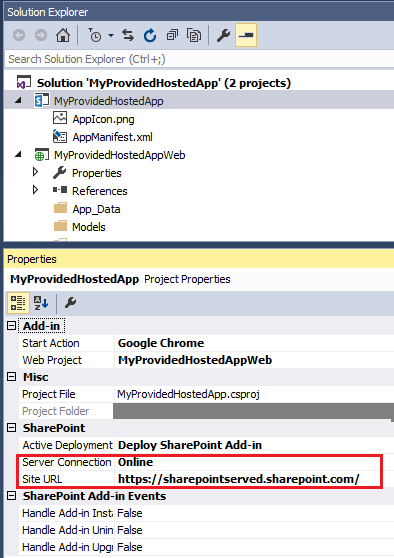Scenario: To create and deploy a provided hosted app for SharePoint online.
Issue: Error occurred in Visual Studio 2015 on deploying solution
Error: The required version of SharePoint Foundation or SharePoint Server is not installed on this system. The target version of the SharePoint project is 16.1.
Resolution: Since this solution is targeted to SharePoint online, make sure that the host SharePoint site is provided with SharePoint online URL. This issue might occur when the site URL is pointed to SharePoint 2013 on-premise environment.


Issue: Error occurred in Visual Studio 2015 on deploying solution
Error: The required version of SharePoint Foundation or SharePoint Server is not installed on this system. The target version of the SharePoint project is 16.1.
Resolution: Since this solution is targeted to SharePoint online, make sure that the host SharePoint site is provided with SharePoint online URL. This issue might occur when the site URL is pointed to SharePoint 2013 on-premise environment.